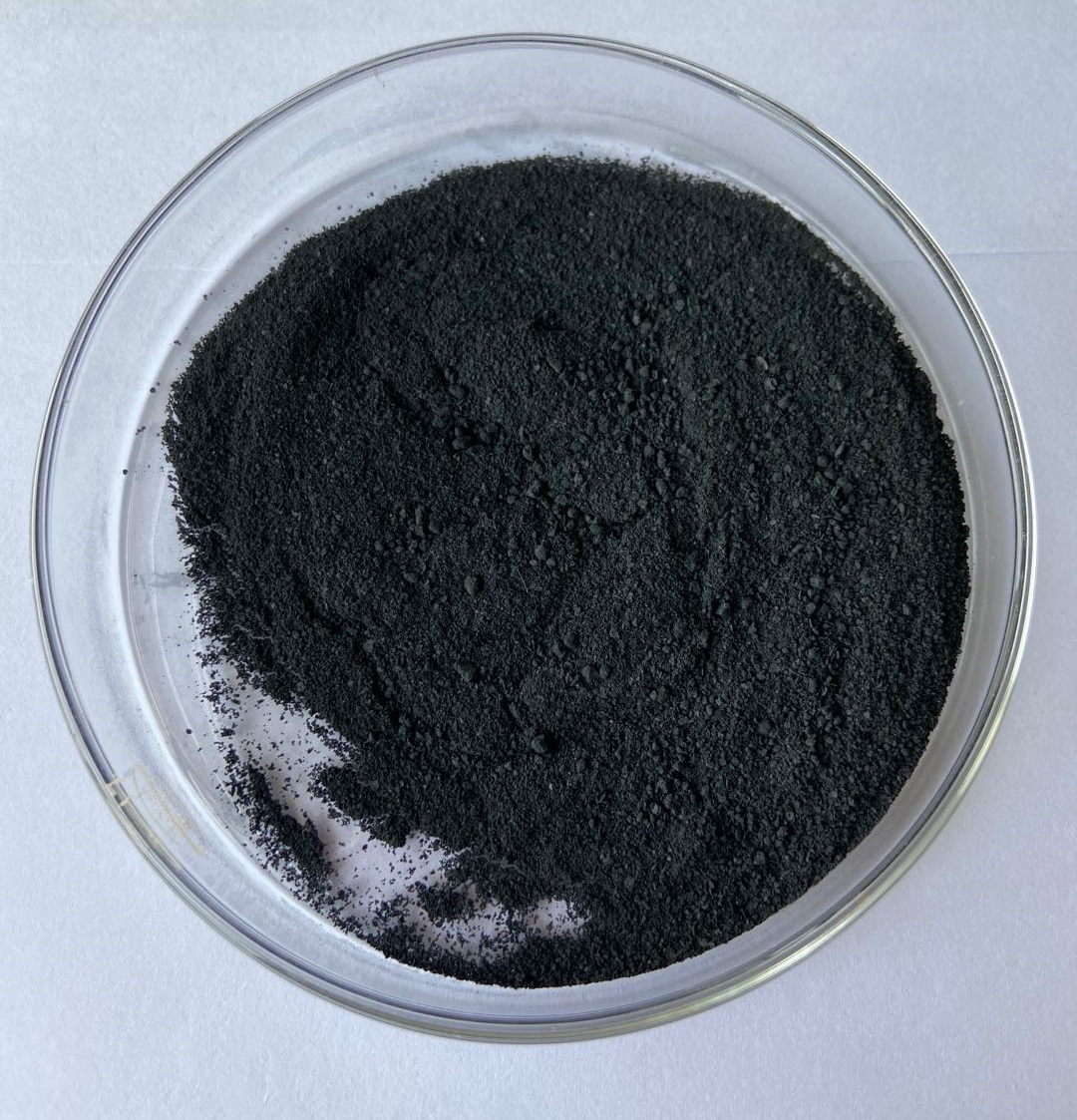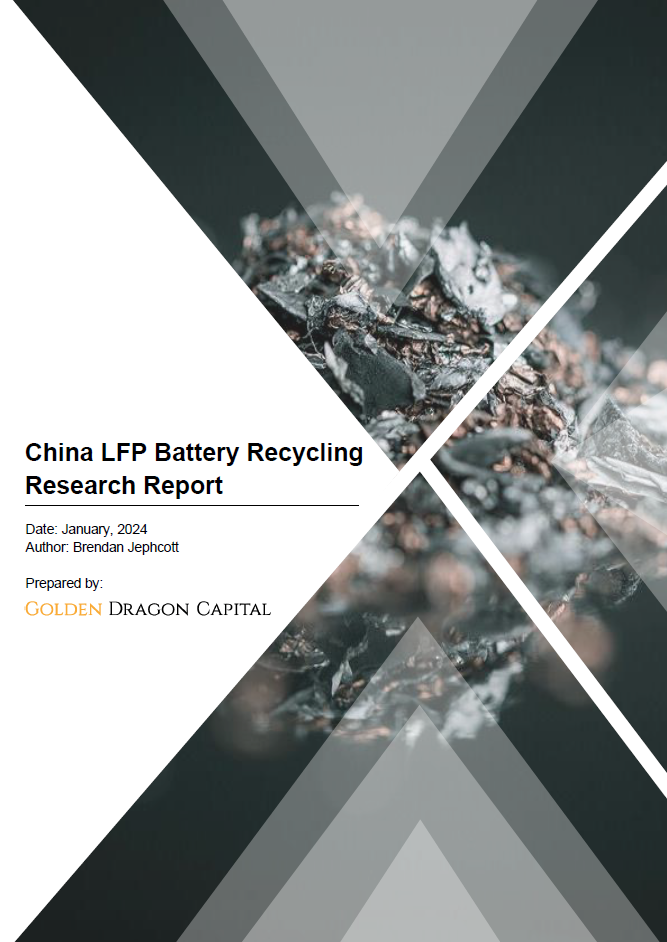Introduction
Lithium-ion batteries are made up of valuable metals such as lithium, copper, manganese, cobalt, and nickel. Once a battery is retired, collected, fully discharged, then shredded and base metals are separated to prepare them for recycling. The shiny, metallic mixture that remains is called black mass. It contains all the valuable metals that make up battery cathode and anode (the most expensive parts of a battery). The black colour is due to the high concentrations of graphite contained in the anodes. Black mass makes up about 40-50% of the total weight of an EV battery.
Black mass is an important component of the circular battery economy. It is recycled by shredders to extract valuable metals like lithium, manganese, cobalt, and nickel, which can be used to create new batteries. The exact composition of black mass can vary considerably based on a number of factors, including the type of lithium-ion battery, manufacturing scrap forms, and the specific recipe for cathodes, cell type/form factors, as well as module type and pack assembly for different applications.

Commercialisation
The black mass material is a critical component of lithium-ion batteries, and it is produced by several companies. One such company is BASF, which is a market leader in the production of battery materials and is committed to the development of a circular economy for batteries. BASF’s research and development teams are leading the way in the creation of recycling technologies for lithium-ion batteries. BASF plans to produce black mass in Germany in 2024, which would bypass traditional manufacturing countries like China entirely.
In addition, another company that is involved in the recycling of black mass is RecycLiCo. RecycLiCo is among the first to be able to turn black mass into “black gold,” recovering almost all of the cathode materials within black mass and upcycling them into battery-grade precursor cathode active material (pCAM) and lithium that can be used again in the battery manufacturing process.
Furthermore, other companies include Umicore, Li-Cycle Inc, Redwood Materials, GEM Co., Ltd, EcoPro, SungEel HiTech, LGES, Samsung SDI and SK On.
Pricing for black mass
The pricing for black mass would then vary depending on the specific content of lithium, cobalt, nickel, manganese and other materials, as well as depending on the batch of batteries it came from.
Black mass also sells on the open market for about US$300 per metric tonne of the incoming battery unit or US$500 per metric tonne of the actual black mass. The aluminium and copper are quite valuable. These prices depend on the underlying commodity prices.
Is black mass dangerous
While black mass itself is not inherently hazardous or dangerous, the recycling process can be. Some black mass producers use high temperatures to burn off unwanted materials like plastics and remaining electrolyte, which can create hazardous emissions and waste that must be captured or mitigated. Additionally, some countries classify black mass as hazardous, which can create issues with open trading.
It’s important to note that lithium-ion batteries can be a safety hazard if not properly engineered and manufactured because they have flammable electrolytes that, if damaged or incorrectly charged, can lead to explosions and fires. However, this is not directly related to black mass.
Contact us to purchase the full report today
Click to view the Table of Contents

Further reading
Our research reports include an introduction, industry chain, product specifications, processing methods, raw material requirements, cash cost analysis, pricing metrics, future industry development trends, and the competitive landscape. Reach out by email and contact us today to learn more.
You might be interested in our other battery mineral research reports
For Further Information
